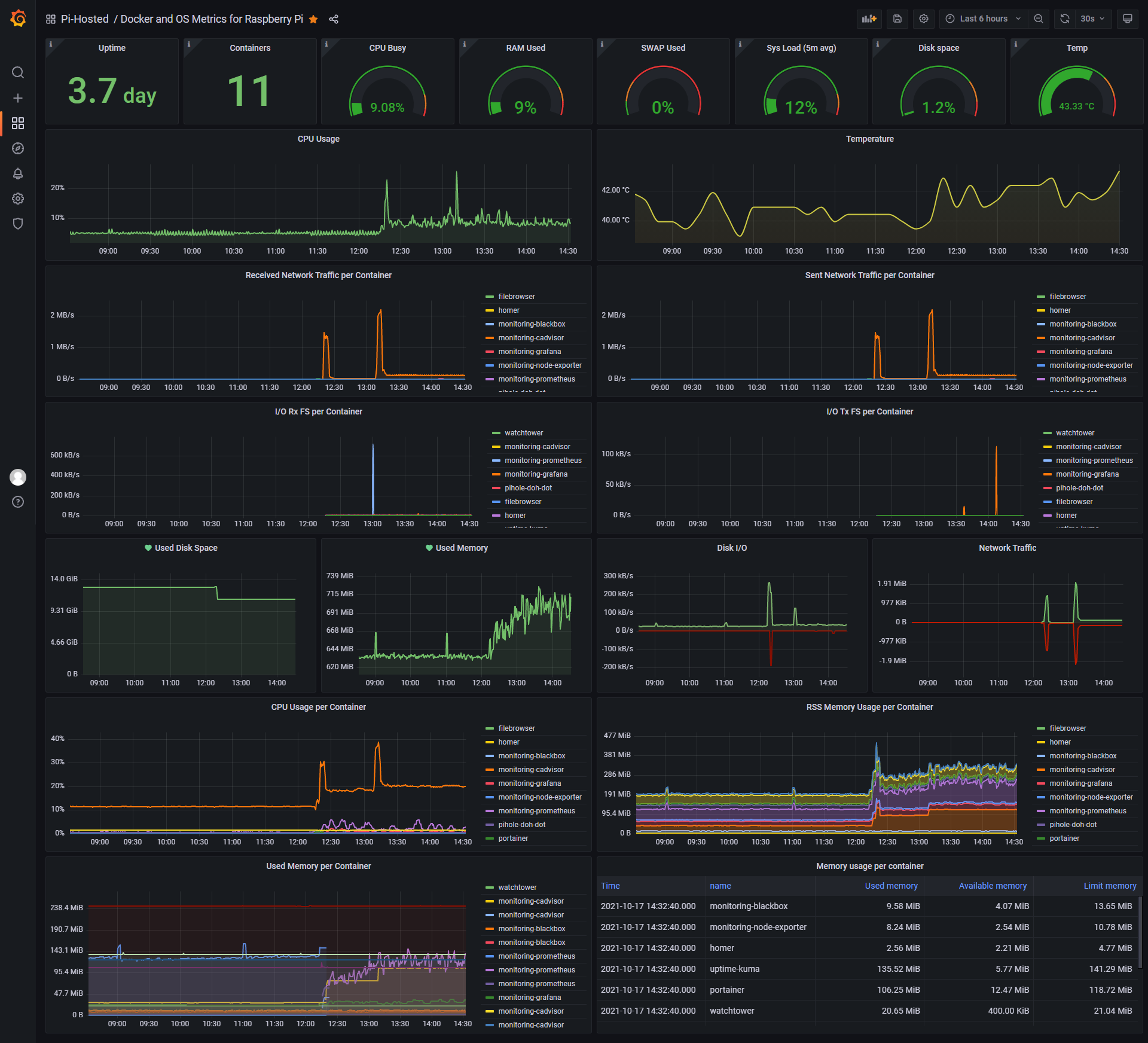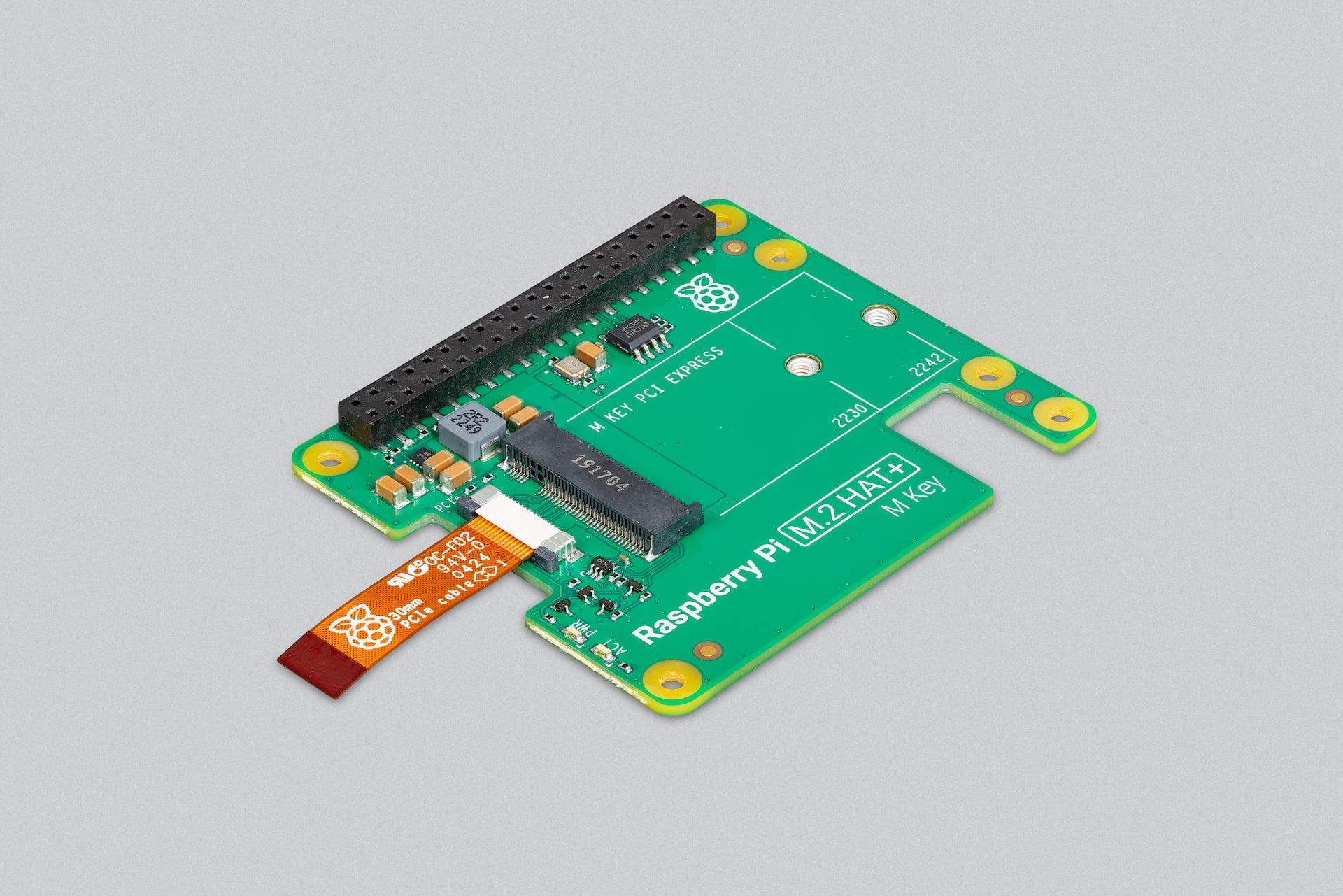Remote IoT Monitoring With Raspberry Pi: A Comprehensive Guide
Want to control your world from your fingertips? The Raspberry Pi, a credit-card-sized computer, is the key to unlocking the potential of remote IoT monitoring, offering a blend of power, affordability, and versatility. From monitoring your home's temperature to managing complex industrial processes, the possibilities are vast.
The Internet of Things (IoT) is rapidly transforming how we interact with our environment, and the Raspberry Pi is at the forefront of this revolution. Its compact design, low cost, and extensive community support make it the perfect platform for both beginners and seasoned developers. Whether you're a hobbyist tinkering with a smart home project or a professional building a sophisticated industrial monitoring system, the Raspberry Pi provides a robust and adaptable foundation.
| Feature | Description |
| Name | Raspberry Pi |
| Manufacturer | Raspberry Pi Foundation |
| Purpose | Single-board computer for education, hobbyists, and professionals |
| Key Applications | IoT projects, home automation, robotics, media centers, learning programming |
| Connectivity | Wi-Fi, Bluetooth, Ethernet, USB |
| Operating System | Raspberry Pi OS (based on Debian), other Linux distributions, and even Windows IoT Core |
| More Information | https://www.raspberrypi.com/ |
Building a remote IoT monitoring system with a Raspberry Pi involves several key steps. First, gather your hardware components. Youll need a Raspberry Pi board (preferably a Raspberry Pi 4 for its enhanced processing power), a power supply (5V, 3A), a microSD card (at least 16GB to accommodate the operating system and applications), and the sensors relevant to your project (temperature, humidity, light, motion, etc.).
Next, install the operating system on your microSD card. Raspberry Pi OS, a Debian-based Linux distribution, is a popular choice, providing a stable and user-friendly environment. Once the OS is installed, configure your Raspberry Pi by connecting it to a monitor, keyboard, and mouse. Set up Wi-Fi connectivity, enable SSH for remote access, and install any necessary software packages. This initial setup ensures your Pi is ready for remote control.
Connecting your sensors is the next crucial step. Depending on the sensor type, you might need specific libraries or drivers. Python, a versatile programming language, is commonly used for interacting with sensors and processing data. Write scripts to collect data from your sensors and store it locally or transmit it to a remote server.
Remote access to your Raspberry Pi is typically achieved through SSH (Secure Shell). This secure protocol allows you to control your Pi from any computer with an internet connection. However, accessing your Pi from outside your local network often requires configuring your router to forward specific ports. This process, known as port forwarding, allows external connections to reach your Pi.
For enhanced security and streamlined remote access, consider using a VPN (Virtual Private Network) or a remote IoT platform. These platforms often provide features like device management, data visualization, and alerts, simplifying the monitoring process and adding an extra layer of security.
Several excellent remote IoT platforms are compatible with the Raspberry Pi. These platforms often provide user-friendly interfaces for managing devices, visualizing data, and setting up alerts. Choosing the right platform depends on your specific needs and the complexity of your project.
Once your remote monitoring system is up and running, maintaining its security and reliability is crucial. Regularly update your Raspberry Pi's software, including the operating system and any installed packages, to patch security vulnerabilities. Use strong passwords for your SSH connection and consider implementing two-factor authentication for added security. Monitor your system's performance and resource usage to identify and address any potential issues.
The future of remote IoT monitoring is bright, with advancements in edge computing, artificial intelligence, and 5G connectivity paving the way for even more sophisticated and powerful solutions. The Raspberry Pi, with its adaptability and ever-growing community, is poised to remain a central player in this evolving landscape.
With its small size, low cost, and extensive community support, the Raspberry Pi is an ideal platform for embarking on your remote IoT monitoring journey. Whether you're a beginner or a seasoned pro, the Raspberry Pi offers the tools and resources you need to bring your IoT vision to life. So, explore the possibilities, experiment with different sensors and platforms, and unlock the transformative power of the Internet of Things.



Detail Author:
- Name : Catharine Gutmann
- Username : apaucek
- Email : elmo93@hotmail.com
- Birthdate : 1983-12-10
- Address : 100 Princess Path Port Mattie, NM 22939
- Phone : 667.901.1481
- Company : Terry-Reichert
- Job : Director Of Marketing
- Bio : Facere est hic magnam iure et et facere. Veritatis fugiat ea sit magni fugiat eaque. Quia itaque fugit deserunt qui sunt amet. Ipsum omnis dolorem laudantium totam animi dicta temporibus.
Socials
twitter:
- url : https://twitter.com/sadie_real
- username : sadie_real
- bio : Et omnis modi voluptatem dolor voluptates. Nulla nemo molestiae ipsum omnis tenetur. Eaque ea voluptas nisi nesciunt at.
- followers : 956
- following : 2981
instagram:
- url : https://instagram.com/sadie_paucek
- username : sadie_paucek
- bio : Tempore eos aut et magni molestias facilis. Reprehenderit eaque et id corrupti debitis qui non.
- followers : 258
- following : 1506
tiktok:
- url : https://tiktok.com/@sadie7227
- username : sadie7227
- bio : Qui earum iure harum voluptates distinctio voluptas inventore.
- followers : 2426
- following : 2387
facebook:
- url : https://facebook.com/sadie_real
- username : sadie_real
- bio : Accusamus laudantium ex quae facere velit.
- followers : 536
- following : 1534